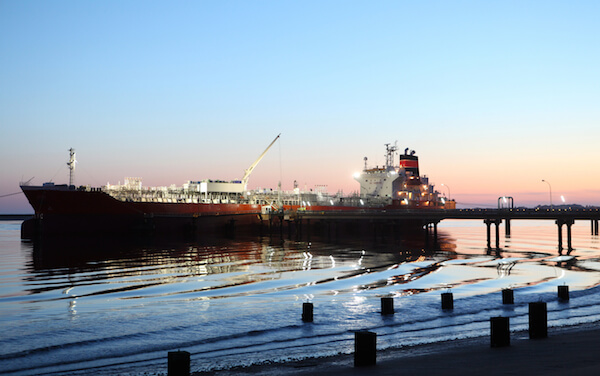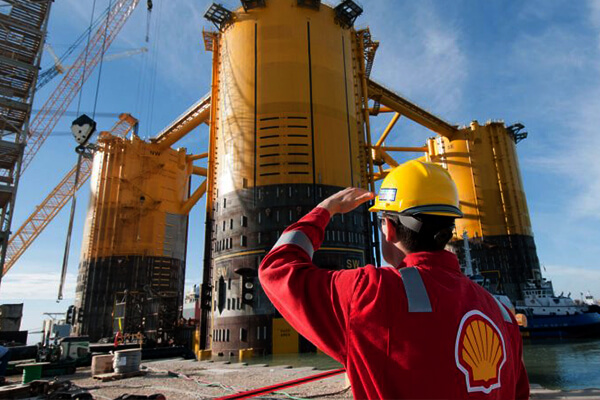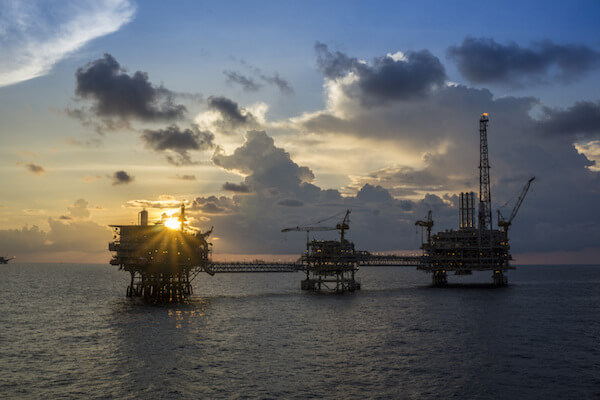The popularity of methanol as a bunker fuel will hinge on commercial considerations rather than environmental concerns, as the marine industry confronts an array of viable alternatives that comply with the International Maritime Organization’s 2020 sulfur cap, sources said at an industry event.
Methanol is a biodegradable, clean-burning marine fuel that reduces smog-causing emissions, and is also similar to bunker fuel specifications because it is a liquid, making it easier to transport and store than alternatives such as liquid natural gas which requires its own infrastructure.
But the move to look at methanol as a marine fuel is relatively recent, and has been driven by the recent surge in production capacity, particularly in the US, where supply has burgeoned thanks to cheap gas from shale plays.
Tepid demand from traditional downstream applications of methanol such as acetic acid and formaldehyde, has also prompted some suppliers of methanol to scout for other applications including its use as a marine fuel.
“The production cost of methanol is about 50% higher than that of LNG. However, the distribution chain of methanol is much simpler as it requires no additional investment — special vessels or storage terminals. LNG, on the other hand, requires expensive sophisticated deep sea vessels, import and re-export terminals, LNG coastal feeder vessels, local LNG terminals and storage, and LNG bunker vessels. Due to the costly distribution chain for LNG, the cost difference at the production facilities is eliminated when the fuel is distributed to the vessel,” said Bengt Ramne, managing director at ship design company ScandiNAOS AB.
“Conversion costs of using methanol are also much lower — around 300-350 kw of installed power — a third of the conversion costs of LNG,” Ramne said, speaking at an event Friday jointly organized by the Methanol Institute, International Bunker Industry Association and Lloyd’s Register Marine.
Conversion costs are likely to fall further as more methanol plants come online and additional storage infrastructure is developed, sources said.
Another factor that could spur the use of methanol would be the prospect of rising crude oil prices, they said.
Stena Line, for example, successfully retrofitted the vessel Stena Germanica to use methanol as a solution to low sulfur fuel requirements, Ramne said. But the decision was taken at a time when methanol prices were low, he said, adding that the incentive for shipowners and operators to switch to methanol had dwindled in the current low crude oil price environment.
S&P Global Platts assessed Asian methanol at $343/mt CFR China Thursday, lower than MGO Singapore at $468.50/mt but higher than Singapore delivered 380 CST bunker fuel at $297.50/mt.
ALTERNATIVES
In the absence of a real pull factor from the shipping industry, concerns still remain over the widespread adoption of methanol over other alternatives, an industry source said. These alternatives could be scrubbers with heavy fuel oil, marine gasoil, 0.5% sulfur fuel oil or LNG.
Although LNG infrastructure is costly, LNG uptake is expected to rise, he said, adding that the push for LNG is coming not only from suppliers but also governments and ports. Many ports in Singapore, Japan and South Korea are already gearing up for LNG bunkering.
Methanol has other challenges too.
“The flash point [for methanol] is around 11-12 degrees Celsius whereas the SOLAS regulation requires minimum 60 C, and of course the biggest challenge is to beat the low fuel price,” said Md Harun Ar Rashid, technical manager at fuel tester Veritas Petroleum Services.
“Gasoil will still be the dominant fuel, whether we like it or not. Low sulfur fuel oils and hybrids will also have a bigger role, particularly post 2020,” Rahul Choudhuri, Managing Director VPS Singapore, said, adding this trend was reflected in recent data and tests conducted by his company. In 2016, for example, VPS observed a 9% year-on-year increase in hybrid fuels as they gained traction due to tougher environmental regulations, he said.
“Increased use of methanol will also take time as the use of scrubbers is expected to accelerate,” another industry source said. “People will have too many choices and may end up choosing just plain vanilla.”
“Installing scrubbers may be an economically attractive option [for the shipping industry]. Although there is an initial investment, shippers can expect a high return of 20% and 50% depending on investment cost, MGO fuel oil spread and ships’ fuel consumption,” Sushant Gupta research director for Asia refining at Wood Mackenzie said at a different event last month.
He added that the company’s baseline case estimated scrubbers in ships rising from around 300 currently to as high as 8,000-10,000 by 2025.

Edited by Jonathan Loades-Carter / Platts
Singapore, March 20 : 4:12 am








